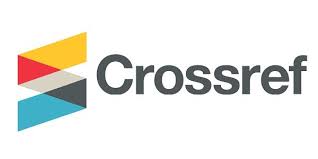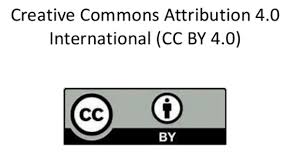Effects of cricket (Orthoptera: Gryllidae) frass on growth and nutrient content of the plant Commelina petersii Hassk
DOI:
https://doi.org/10.47440/jafe.2025.6204Keywords:
Commelina, Edible insect industry, Insect frass, Organic fertilizer, Sustainable agricultureAbstract
Cricket frass, the excrement produced by crickets, is a natural waste of insect farming that offers a sustainable and cost-effective alternative to synthetic fertilizers for resource-limited farmers. This study investigated the effects of different cricket frass treatments on the growth and nutrient content of Commelina petersii, a valuable plant species for cricket insect rearing. Plants were grown in pot and field experiments with different cricket frass application rates—T1 (0 t ha-1), T2 (5 t ha-1), T3 (10 t ha-1), and T4 (15 t ha-1) in completely randomized and randomized complete block designs, respectively. Plant growth parameters (height, number of leaves, and biomass) and leaf nutrient concentrations were assessed. Results from both pot and field experiments demonstrated that cricket frass significantly enhanced C. petersii growth, with higher application rates leading to increased plant height and biomass. While the effect on number of leaves was less consistent, some positive impacts were noted. Nutrient analysis revealed that cricket frass led to higher dry matter (DM), crude protein (CP), ash, neutral detergent fiber (NDF), and calcium (Ca) content in the leaves, conversely decreasing nitrogen-free extract (NFE) content with increasing application rates. The optimal treatment of cricket frass for C. petersii was found to be T4. This treatment not only supplied sufficient essential nutrients but also preserved acceptable forage quality. Therefore, these results strongly suggest that cricket frass represents a sustainable fertilizer with the capacity to boost C. petersii cultivation while simultaneously fostering cricket farming in resource-scarce areas.






 Publisher:
Publisher: 